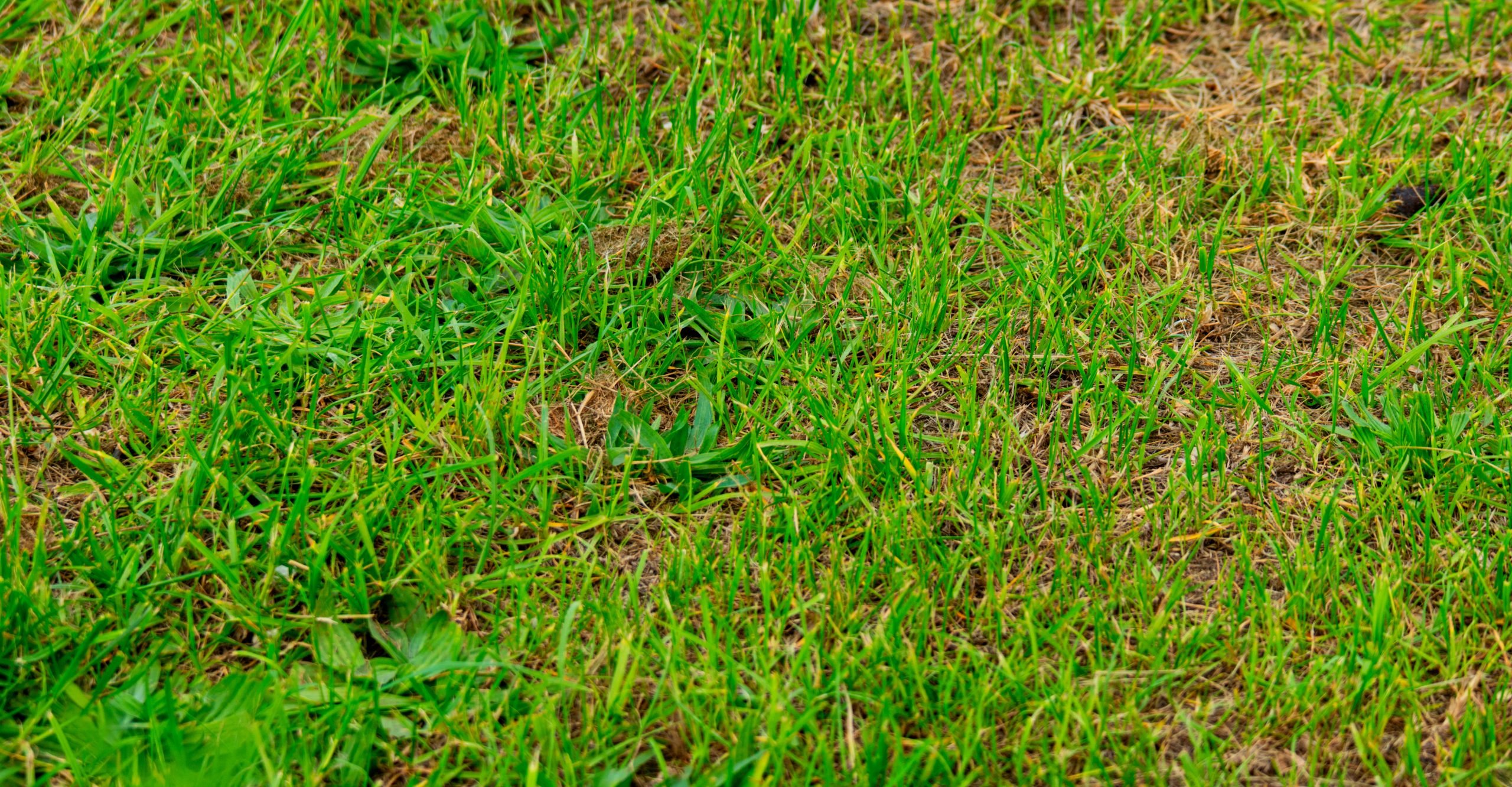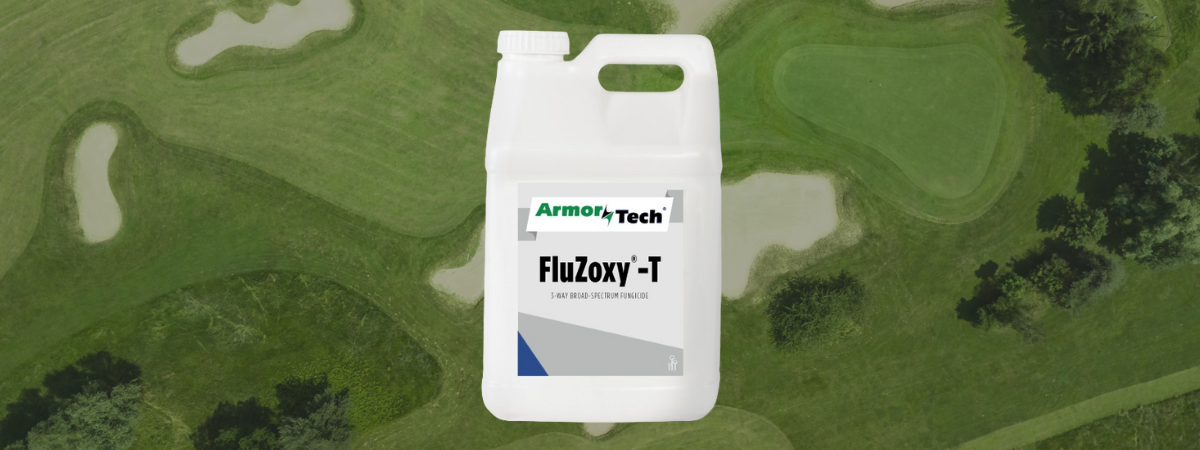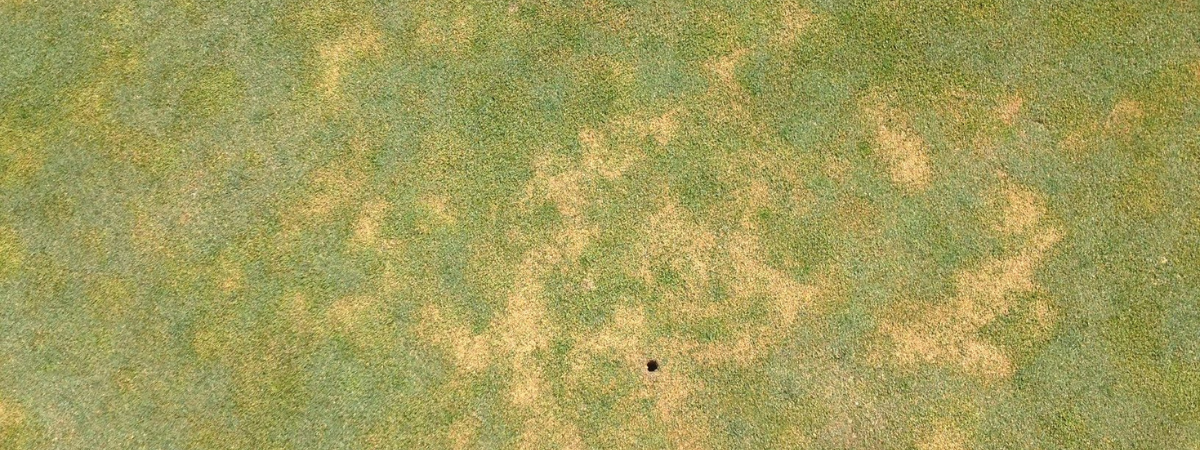Although fall is the ideal time to seed, you may choose to seed in the spring for one reason or another. An issue you’ll run into with spring seeding is summer annual grassy weeds. Crabgrass and goosegrass are such voracious growers that they can quickly overtake cool-season grasses by outcompeting them for light, space, nutrients, and water. To have any chance of spring seeding success, be sure to use a pre-emergent herbicide such as mesotrione at planting. This chemical will impede crabgrass germination but will not affect cool-season grasses. Depending on the year, you may need to irrigate to supplement rainfall and reduce heat stress on the immature plants.
If you only need to control a crabgrass invasion, there are several other post-emergent herbicide options. Active ingredients that kill crabgrass include quinclorac (such as Drive XLR8) and mesotrione. Quinclorac works well on mature crabgrass and is specific to cool-season lawns, while mesotrione can treat crabgrass in warm- and cool-season turfgrasses. Either herbicide should be applied with an adjuvant to maximize impact. Consider one of the following combinations:
After the seed germinates, don’t use broadleaf herbicides for at least two months. If you are worried about weeds, use a starter fertilizer with mesotrione, such as 21-22-4 with 0.08% mesotrione, the same day as seeding. It will come up clean.
If you are trying to establish turf in the spring, keep a few things in mind. Most importantly, establish the seed as early as possible to ensure deep roots before the heat of summer. Additionally, make special considerations to keep the weeds out of spring seedings, especially crabgrass and goosegrass. The use of a starter fertilizer with mesotrione is a great way to give your turf a competitive advantage in the spring and early summer.












